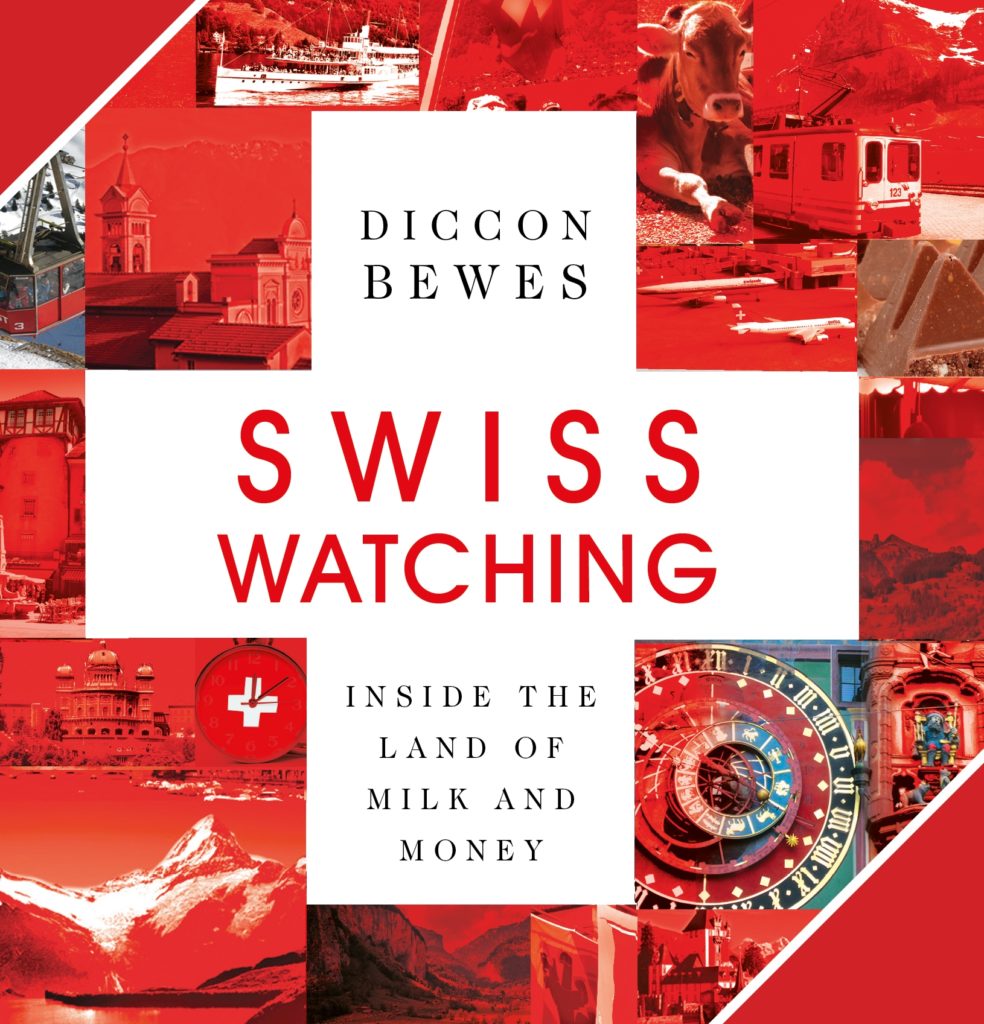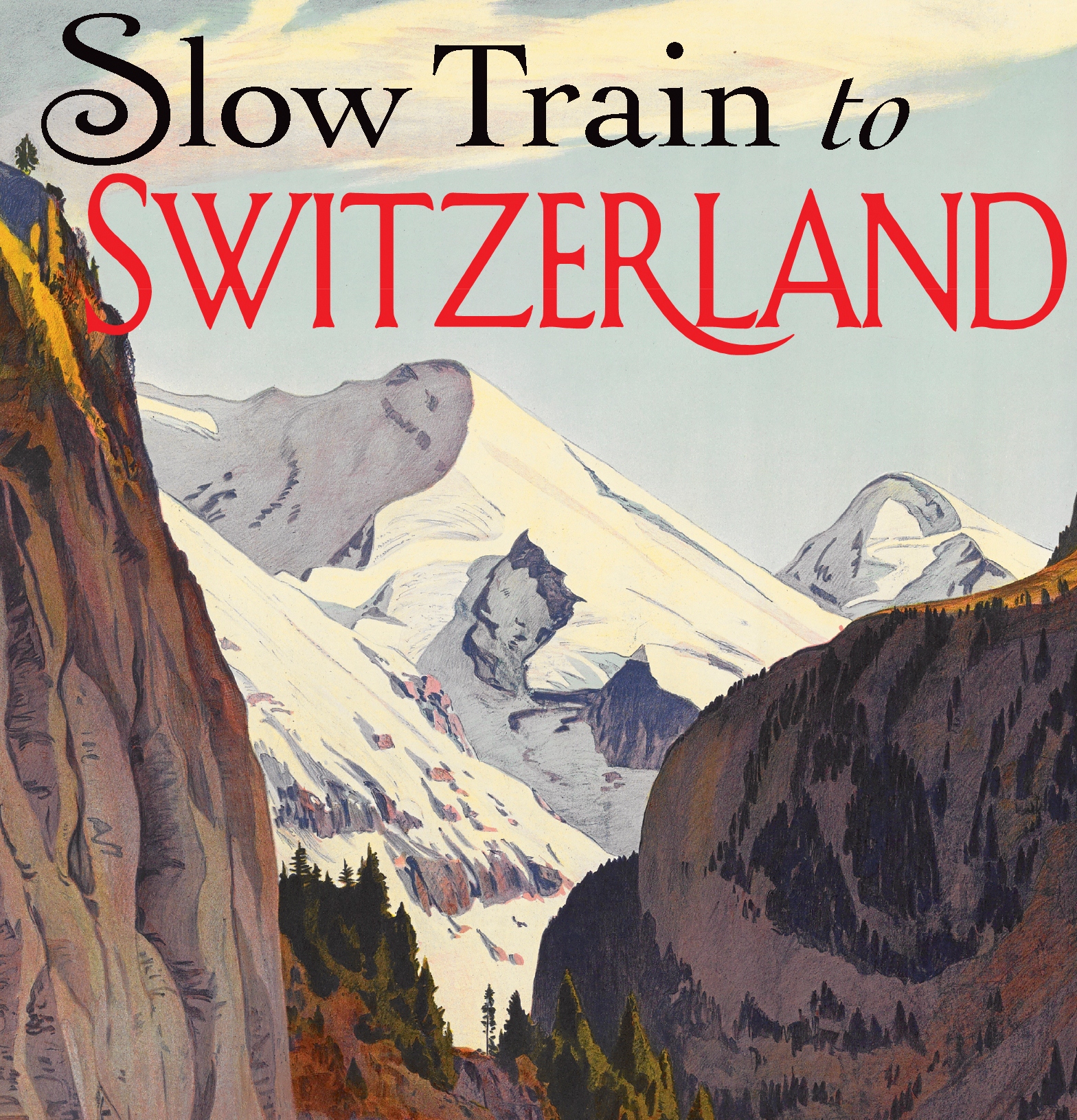Edward Whymper, the social climber
April 27, 2015, 2 Comments
He was the man who conquered the Matterhorn, and lived to tell the tale. Edward Whymper was born in London 175 years ago today, on 27 April 1840 and so was only 25 when he became a household name in Britain for being the first to reach the summit of Switzerland’s most famous mountain. But the triumph and tragedy of that day, 14 July 1865, would haunt Whymper for the rest of his life.
The Matterhorn was one of the last great Alpine peaks to be tamed and Whymper wanted to be the one to do it. Not only was he desperate to succeed but he was also determined that mountaineering would be his ticket to social acceptance. His lowly background was much more mundane than that of the normal English Alpinist, who tended to be aristocratic, rich or well-connected. Whymper was the ultimate social climber.
But he couldn’t tackle the Matterhorn alone and so teamed up with another famous English mountaineer, the Reverend Charles Hudson, who had conquered Switzerland’s highest mountain, Dufourspitze (or Monte Rosa in Italian), in 1855. Hudson was one of the stars of the Golden Age of Alpinism, when British mountaineers were climbing peaks almost as fast as their compatriots were conquering countries. If it stood still long enough, it ended up with a British flag on it.
Along with them were fellow climbers Douglas Hadow and Lord Frederick Douglas, brother of the Marquess of Queensberry and uncle to Lord Alfred (Oscar Wilde’s boyfriend). These four Englishmen were led by Chamonix-born guide Michel Croz and Zermatt father-and-son guides Peter Taugwalder senior and junior. Racing against an Italian party ascending from the south side of the mountain, these seven men set off from the Monte Rosa Hotel in Zermatt on 13 July 1865.
At 13.40 the next day, 14 July, Whymper was standing on top of the pointy peak, having beaten the Italian expedition by a few hundred metres. The others joined him at the summit, confident that the worst part of the climb was over. But calamity struck as the group descended, and four men plunged to their death: Hadow, Hudson, Croz and Douglas. The first three were later found and buried, but Douglas’ body was never recovered.
The precise details of what happened during the descent have been much debated ever since. The accepted story is that Hadow slipped, pulling the other three with him and that one safety rope broke, sending them to their deaths. But questions remained as to why such a poor quality rope was used, or if indeed it had been cut to save the lives of those who survived. The tragedy was front-page news and the Taugwalders and Whymper had to face inquiries and rumours about their roles in it.

Whymper plaque in Zermatt
Whymper went on to write a bestseller about his feats, Scrambles amongst the Alps. One of the mountains in the Canadian Rockies that he scaled is named after him, as is a street in Chamonix, the town where he died (in 1911) and is buried. Hudson’s remains lie beneath the communion table in Zermatt’s English church, which opened five years after the tragedy; a suitably fitting last resting place for an Anglican vicar.
The 150th anniversary of that first ascent will be the focus of various events in Zermatt this summer. One of the most creative is a play, The Matterhorn Story, which re-tells the events of that July in German and English. It takes place from 9 July to 29 August in an open-air theatre up at 2500 metres; tickets can be booked online here.













 Follow on Facebook
Follow on Facebook Follow on Twitter
Follow on Twitter Subscribe by RSS
Subscribe by RSS Contact me directly
Contact me directly Global Solutions Inc.
Global Solutions Inc.
2 Comments on "Edward Whymper, the social climber"
It was Lord Francis Douglas – not Frederick – who was a member of Whymper’s team on the Matterhorn and he was Scottish not English. Cheers, Donald
Trackbacks for this post